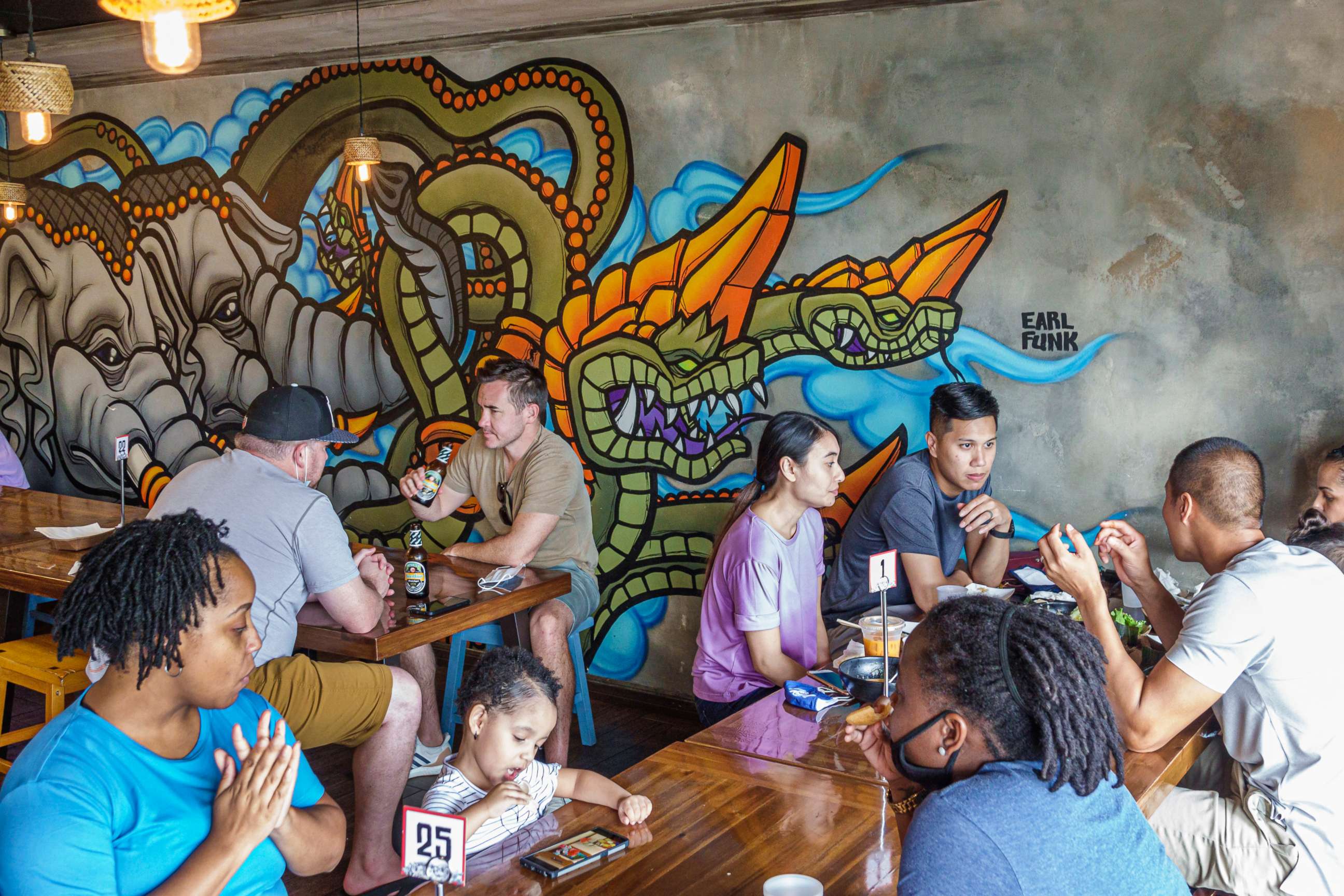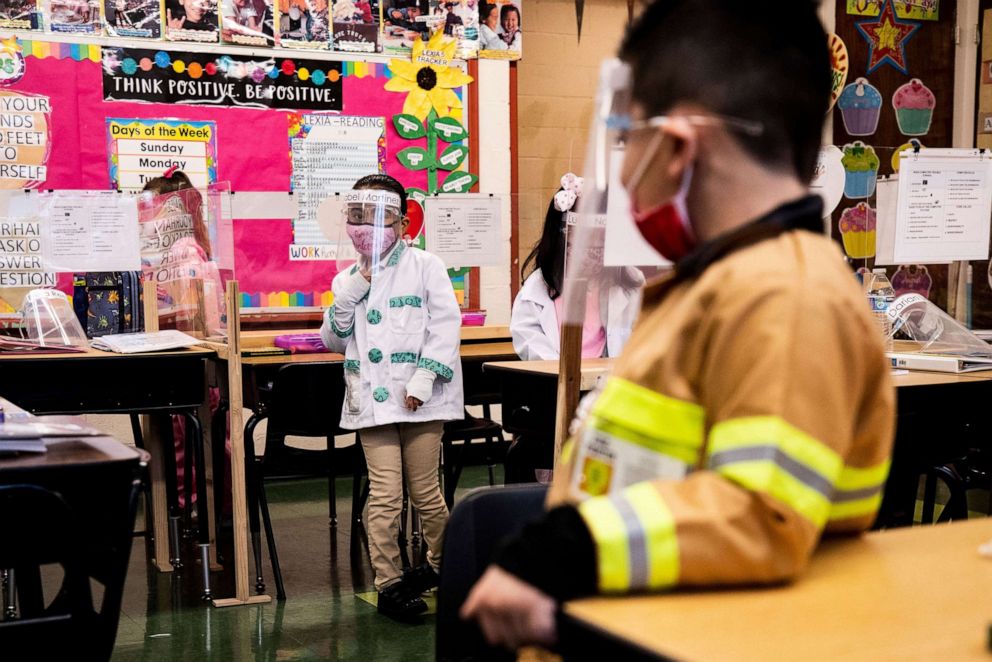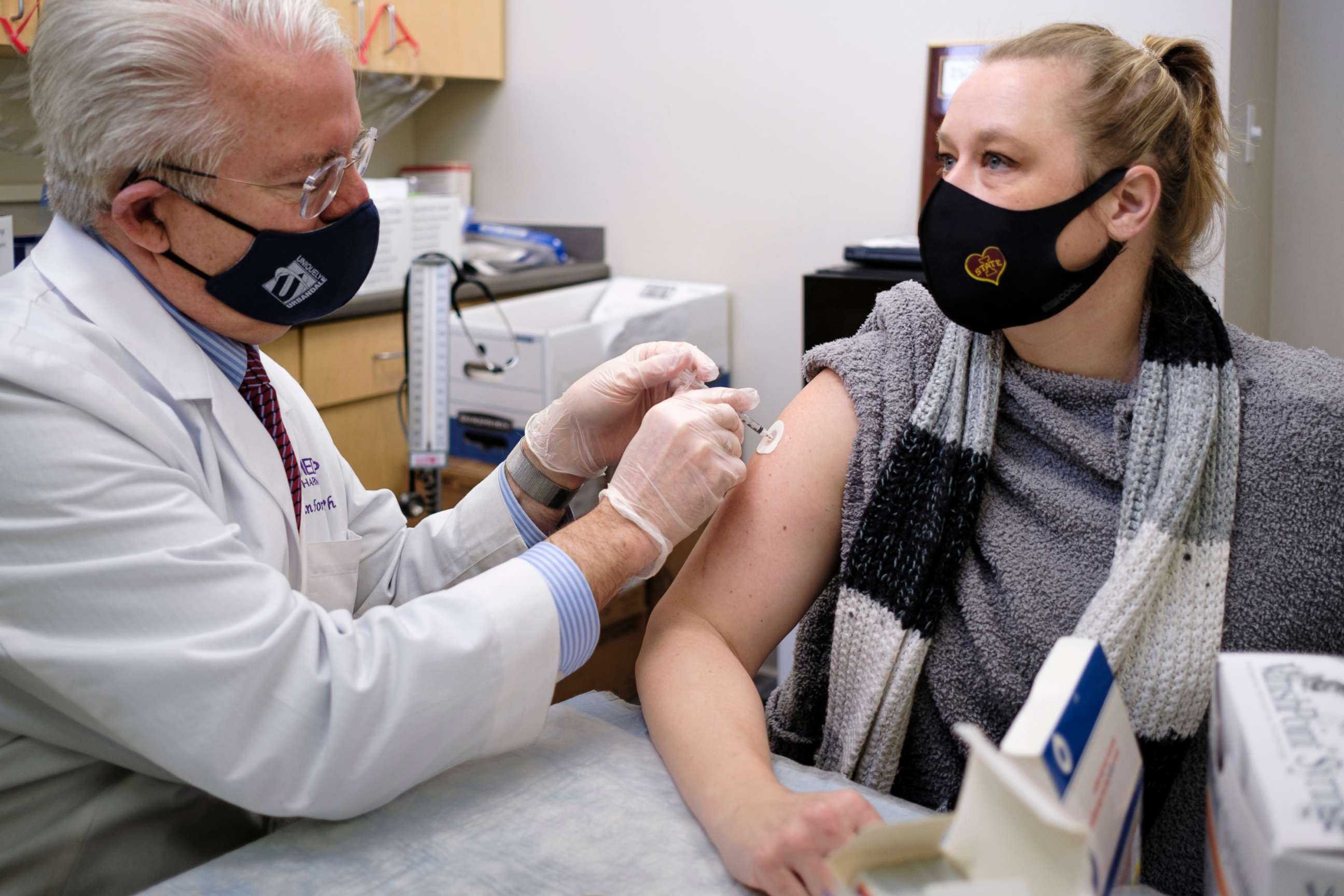Younger adults responsible for most of COVID-19 spread: Study
Americans between 20 and 49 were responsible for more than 70% of the spread.
A new study reaffirms that although severe coronavirus illness and death impact the elderly the most, younger adults are the cause of the spread.
Americans between 20 and 49 years old were responsible for more than 70% of the spread of COVID-19 last year, according to the study from the Imperial College London's Department of Mathematics.
The report, which was published in Science on Tuesday, noted that deaths during the late summer and fall were mostly among people over 50 years old and not the younger population
"This addresses this underlying false narrative ... that if you guard the most vulnerable, you can let the virus run rampant," said Dr. John Brownstein, an epidemiologist at Boston Children's Hospital and ABC News contributor. "If you let it run rampant in the younger age groups it will still affect the elderly and vulnerable groups."

As the country begins to continue to come back from the second surge in cases and increases vaccination, the paper's authors called for young adults to heed health warnings to curb the spread.
The researchers used mathematical equations, mobility data and other information to determine the correlation between age groups and coronavirus spread.
The report concluded that one of the biggest factors behind the spread was general movement of young and middle-aged adults among themselves.

"Certain age groups, like young adults, were letting their guard down," said Brownstein, who was not involved in the study. "[The report] puts more responsibility on those in the younger age groups who were trying to live a normal life and had a bit of a COVID fatigue."
The paper's authors also found that after schools reopened in the fall, children and teens between the ages of 0 and 19 years old contributed to 15% of the COVID-19 cases. Children did not have as much mingling with other groups, according to the report.
"This adds to the growing body of knowledge that allowing school-age kids back to classrooms with good protocols in place won't be the main driver of transmission in the community," Brownstein said.

The report said that "additional interventions among adults aged 20-49" would prevent COVID-19 spread.
"I think that we know we need to get the vaccine out to the most vulnerable, but strategies that allow us to blend different age groups and more access is also good," Brownstein said. "If we have excess supply ... it is OK to extend it to others."
ABC News' Eric Strauss contributed to this report.




